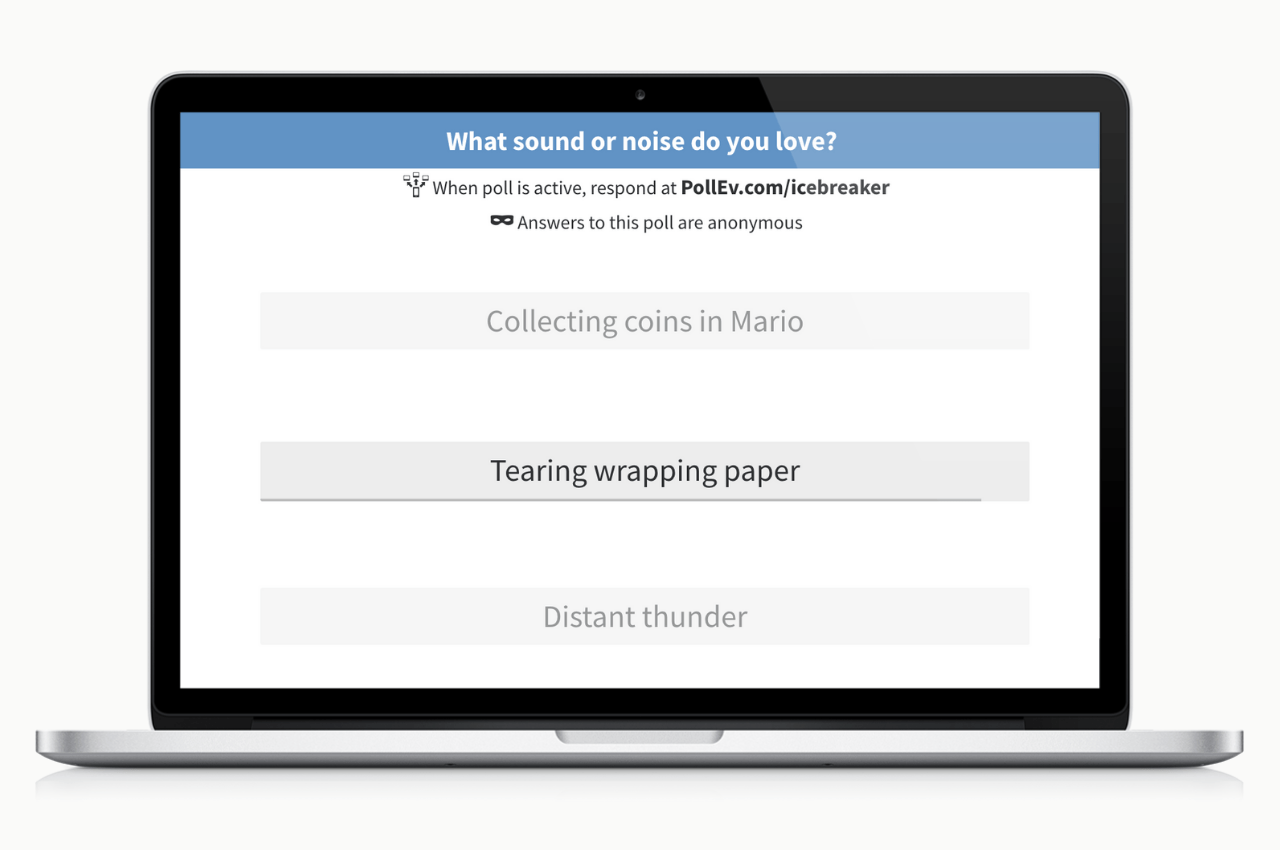6 Activities to Encourage Networking at Your Next Event

You’re planning an event and, above all else, there’s one thing you want to avoid: those awkward pauses in your schedule when everybody ignores each other.
You may have participated in some of these pauses. Those breaks between speakers or breakout sessions, when everybody promptly grabs their phones, puts their heads down, and checks their emails — without saying a word to each other.
Connections are some of the most beneficial things to come out of industry meetups or events. But, that doesn’t change the fact that networking is still awkward for most of us.
Here’s the good news: There are some networking activities you can implement to actively encourage more relationship-building at your next event, no sweaty palms or small talk about the weather required.
1. Leave enough time for meaningful networking
This seems straightforward, but when you’re so concerned with making sure your event is value-packed, it’s easy to miss.
Forging really solid bonds is challenging for your attendees if they only have time to talk when they’re in line for the bathroom or walking between meeting rooms. If you want people to network, you need to schedule enough time for it to happen.
Leave half-hour breaks between sessions (rather than just 10 minutes) and set out some coffee, pastries, and small high-top tables during those pauses. Longer recesses give people adequate time to engage in real conversations, and the coffee and treats will entice them to get out of their seats and go chat.

Read more: Why successful holiday parties start with an inclusion checklist
2. Provide conversation starters to break the ice
Getting a conversation rolling can be difficult, especially when you’re interacting with a complete stranger — hence why people so often default to the weather or how drafty the conference room is. Fortunately, you can offer assistance with a few icebreaker questions.
This can be as simple as making an announcement that you’d like them to discuss a certain topic or question during the break. Or, you can put out a few table tents with various get-to-know you questions on them. That way, your attendees can refer to those during any conversation lulls.
It can feel awkward to spoon-feed conversation starters this way. But, chances are, your attendees won’t treat these as a script. As soon as they get just one question under their belt, the conversation will start to flow naturally. They might just need a little help getting started.
3. Turn your networking activities into a game
If you’ve ever seen people scrambling to catch a free t-shirt at a sporting event, then you know that we’re all highly competitive. You can inspire your attendees to get to know each other by transforming networking into a game and leveraging their desire to win.
Maybe you’ll have a simple contest to see who can collect the most business cards during a lunch break. Maybe you want to take things a step further and create some sort of bingo card. Your card can instruct attendees to find certain people (i.e. “find someone wearing a blue tie” or “find someone who works for Company XYZ”) who will initial their bingo cards in the designated space. The person with the most complete card wins.
Of course, those are just two examples — there are plenty more games you can come up with.
Regardless of the specifics, inspiring a little friendly competition gets people moving around and makes the atmosphere a little more comfortable, because it immediately gives your attendees something in common that they can connect on.

Read more: 50 fun icebreaker questions to kick off your next event (with pictures)
4. Provide clear name tags for smooth introductions
Walking up to a complete stranger and introducing yourself is nerve-wracking, doubly so if you can’t hear or understand the other person’s name.
That’s the benefit of name tags: they save your attendees the embarrassment of getting somebody’s name wrong. They can also give them more context about the other person — such as what company that person is with, or where they’re from.
That limited information helps make people more comfortable with each other. At least have something that they can use to get the conversation started.
An event app is another option you can explore. Many events today offer a mobile app where attendees can review names and bios of other people who are there. That allows them to target their networking efforts, and also learn a little bit more about the other people who are in attendance — before they ever walk up to them.
5. Assign seats for attendees to split up cliques
You’ve seen this at events before: Attendees connect with someone on the first day or in the first session, and then they stick together for the rest of the event.
In some ways, that’s positive. They are forging a more solid connection with somebody. But, if you’re eager to have your attendees get to know everyone, those cliques can be frustrating. People often white-knuckle their chosen groups and never venture outside of them.
If you’re concerned with making sure that everybody mingles, consider assigning different seats for meals, roundtable discussions, and other sessions of your event. Doing so will force those groups to break apart between sessions and give everyone a chance to meet and interact with other people.

Read more: 8 interactive presentation games for large groups
6. Coordinate something special to include first-timers
This tip is specifically meant for recurring events — annual conferences, for example.
Because people establish such solid relationships at these sorts of get-togethers, they’re often excited to reunite when the event rolls around again. That’s great, but it can also make newcomers feel intimidated and isolated.
Give them a little extra attention by coordinating a networking activity just for them (like a happy hour, for example). That will give them the opportunity to connect with each other. And, if you do it at the beginning of your event, those connections will give them more confidence heading into the rest of it. An event isn’t nearly as intimidating if you know even one other person.
The last thing you want is for your attendees to keep their eyes glued to their phones during breaks in your event schedule. You want to see handshakes, laughs, and lively conversations. But, unfortunately, that doesn’t always happen naturally. Put these six tips to work at your next event, and you’re sure to give all of your attendees a much-needed networking nudge.